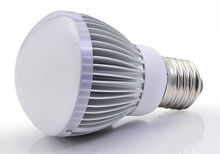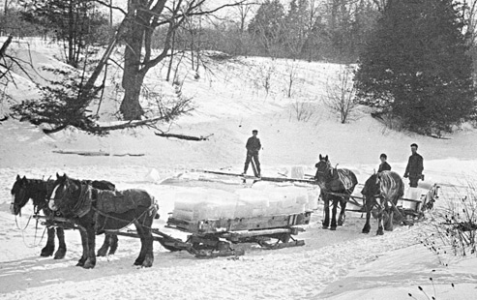One of the most common questions I receive from homeowners is whether or not they should replace their home’s lighting with LED bulbs. The answer to this question depends on a few factors, and it only starts with looking at the energy savings.
LED lights definitely save energy over compact fluorescent and incandescent bulbs. However, if a light is typically turned off then it doesn’t matter what bulbs are installed because no power is being used. Homeowners tend to turn on lights rarely and then only for a few minutes. When considering the energy implications of LED lights, you’ll want to target lights that are on for a significant length of time such as a security light, living areas and night lights. Whether or not the energy savings will save money can be determined with return on investment calculations.
However, even though installing LED lights may not save you much in energy there are other factors to consider. If you have a fixture that is hard to reach, installing an LED that lasts 30 years could save you some maintenance time in the future. If you don’t like the blue-ish light typical of CFL bulbs, then you can buy an LED that is tuned to just the perfect light color temperature. LED lights also put off less heat than incandescent bulbs which can save you money on your cooling costs (but you’ll pay more for heating).
These factors can also apply to commercial buildings. For instance, a light in a maintenance closet that gets turned on for 5 minutes once a day during cleaning may not save the building much energy with an LED in place. However, the rest of the lights that are on all day are most likely excellent candidates for retrofitting or replacing. If maintenance is a concern, LED lights can reduce the need to replace bulbs. Fixtures can be selected to help keep office employees alert or set the perfect mood for a retail space. Since they also put off less heat, it’s important to perform an analysis to make sure the building can still be heated and cooled properly after retrofitting the lights. Additional savings may be possible after removing all those mini-space heaters!
If you are considering LED lights for your commercial building, consider hiring us to complete a Small Business Energy Audit. We will review your building and provide you with options for saving money. We’ll also review utility incentive programs to help cover the cost of the improvements. Our goal is to provide an affordable service that a business can use to reduce their energy costs. We are happy to work with you to find a solution that fits your budget. If you own or manage a building and are interested in an audit, please contact us today.



